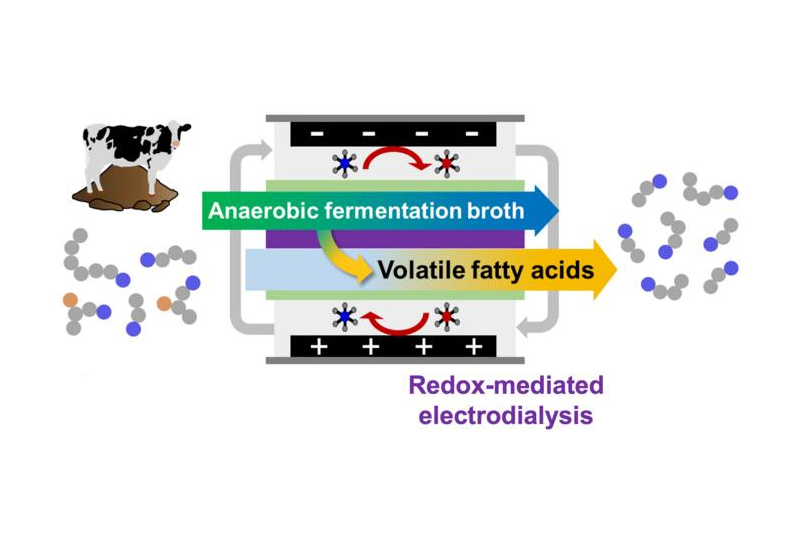

How do you know if a stranger will be nice or nasty? Professor Cliff Summers’ group at the University of South Dakota has found that you can predict the social status of male lizards before they fight. What is more, green Anolis lizards show their fighting fitness through a colour signal on their face.
Wayne Korzan has discovered that how fast you recover from stress, to participate in feeding and courtship, can also foreshadow dominant social rank. Fast lizards are dominant lizards. As in humans, when anoles are stressed their adrenaline levels shoot up. As well as causing the ‘fight or flight’ response, adrenaline results in black eyespots developing behind the lizards’ eyes.
In a fight, the male who develops these eyespots fastest is dominant and usually wins. When the researchers painted artificial black signals onto a male lizard, they found that other lizards became subordinate to the animal with fake eyespots. Wayne will be presenting this work at the annual SEB meeting in Edinburgh from 29th March to 2nd April 2004 [session A3.31].
The researchers are studying the effects of neurotransmitters such as dopamine and serotonin to understand how these influence social behaviour. “Animals with high levels of dopamine in the regions of the brain that are involved in motivation and locomotion tend to win their fights” say Korzan and Summers; “Animals that initiate the stress response faster and recover from stress faster tend to win”. Conversely, animals with high levels of dopamine in the region of the brain associated with fear are usually subordinate and lose fights.
Interestingly, serotonin also increases during fights, and like dopamine is mediated by stress-related responses. Serotonin may help the lizards adapt to the stressful nature of the fight. Anolis lizards may prove to be a useful model system for studying stress, aggression and depression in humans. The group hopes that a better understanding of the brain neurochemistry of these lizards may help the development of future treatments for stress and depression in humans.














